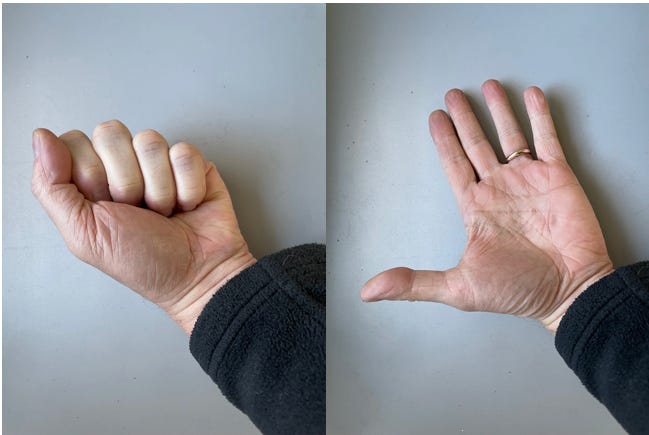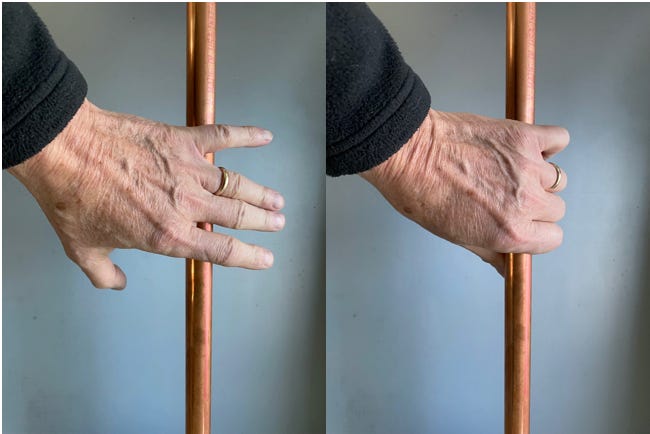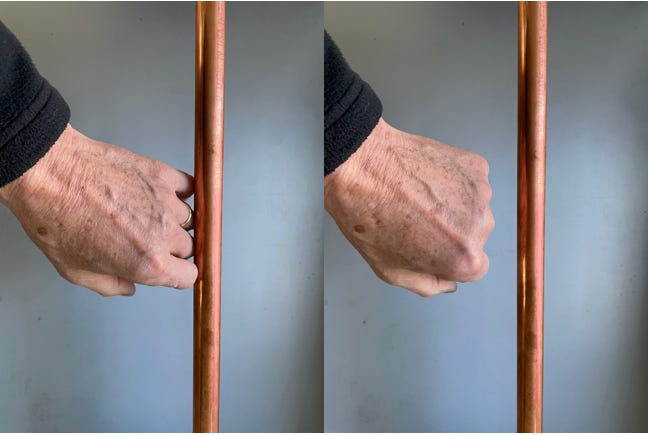Safety Tip to Help Avoid Electrocution
Anything from a chain link fence to a pedestal box can have a dangerous contact voltage. Here’s a simple tip to help keep you safe…
I began apprenticing with a master electrician when I was around 12 years old. Our local VoTech instructor Lloyd May taught residential wiring, and since my dad was a teacher in the same school system, he hired this master electrician to install some extra circuits in our basement. I asked if I could help with the wiring and was instantly hooked on the wonders of split-phase 120/240-volt AC power.
But before Lloyd would let me get anywhere near a live electrical panel he made sure I understood some basic safety procedures. Yes, we pulled the main fuse block and metered the panel to be sure it was off, but these safety tips are universal when working around anything that could possibly have voltage on it.
Safety First…
I was standing on a wooden chair, not the damp basement floor.
He made me put my unused hand in my back pocket so I wouldn’t be temped to grab onto the metal box with it, creating a possible hand-to-hand current fault path.
Lloyd showed me to use my knuckle or single finger to first touch anything that could possibly be energized, rather than use the flat of my hand. And here’s why…
Your hand has more muscles to make a fist than to open your fingers…
You can try this out for yourself. Your hand is designed to grab onto things with a lot of strength, not open up with great force. Sort of like the jaws of an alligator that can be held shut with electrical tape.
If you touch an electrified object with an open palm, the muscles in your hand will make a fist and you can’t let go…
And this is a bad idea since you won’t be able to let go of the electrified object, no matter how hard you try. I’ve had this happen to me a few times, and it’s terrifying. Lucky for me the first time it happened there was someone nearby to turn off the power. The second time I was able to use my body weight to pull myself free. But once the fault current reaches 20 mA or so, all the muscles in your body will contract and you just can’t let go. And if you can’t get free quickly enough, your heart may go into fibrillation and you could die by electrocution.
Always check every metal object connected to power with your knuckle or a single finger first. If it’s electrified your hand will tend to jump away and disconnect you from the fault current, possibly saving your life…
Now, I don’t advocated using this technique to replace a voltmeter or Non-Contact Voltage Tester to check for a live circuit, but I tend to do this on door knobs, metal boxes, chain link fences, scaffolding, microphones, and anything else that’s anywhere near AC power. And this tip has saved my bacon a few times when my hand jumped back and disconnected me from the electrified object. I don’t ever want to experience not being able to let go of an electrified object again.
Let’s stay safe out there… Mike








Now THIS I consider "news I can use"!
Joseph, this post wasn’t about working on potentially live circuits. This is about teaching yourself not to grab everyday metal objects with an open hand that you don’t expect to be energized. For example, I never trust a metal handrail or aluminum ladder enough to grab onto it without a quick knuckle test. But I’m not getting out a meter or putting on rubber gloves. Same for a man lift that’s plugged into an outlet for charging.
If I’m going into a panel box I do indeed perform a live-dead-live test after doing a LOTO (Lock Out, Tag Out).
Remember this is a blog for RV owners, not electricians, and most readers here should never be anywhere near a live circuit.